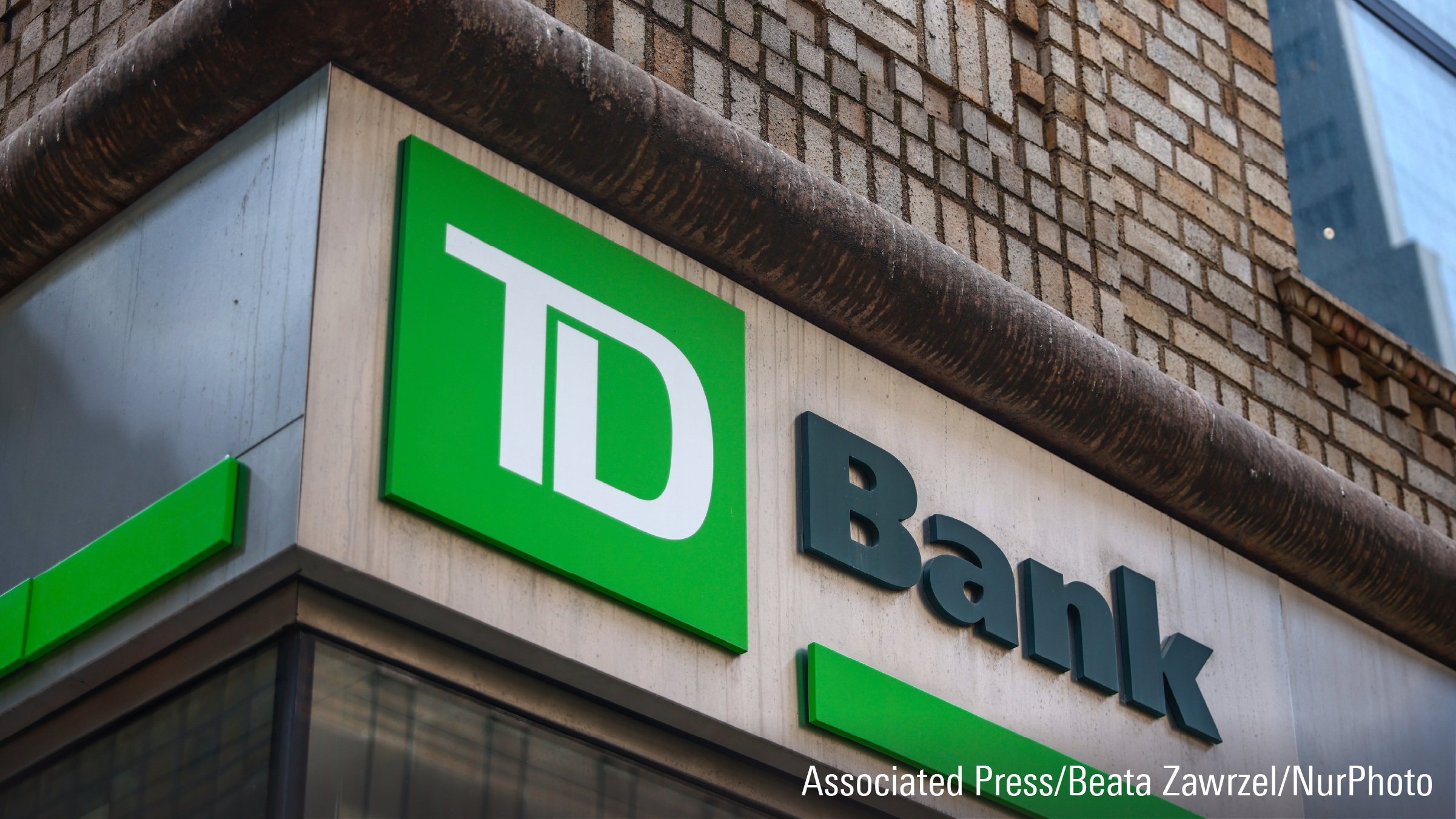When it comes to haunted grounds, we include the digital realm these days where spooky happenings like cyber attacks and internet shutdowns are as ghoulish as ever.
What if webpages that were under attack could copy themselves onto millions of Internet properties? Information would get much more difficult to suppress and would flow much faster as website visitors benefit from servers that are closer in proximity.
By diversifying the risk of hosting a website on a single server and keeping a close eye on its giant network, Cloudflare (NET) can identify patterns in internet traffic that suggest an impending threat, and move traffic around it.
Cloudflare is now supporting website speed and security for more than 10% of the entire internet, according to analyst Malik Ahmed Khan. And the company’s network structure, known as edge computing, is also likely a paradigm shift in how enterprises manage their data-related workflows. Having data processing distributed, instead of concentrated in one large data centre, cuts down on response times.
We like how the company is targeting larger clients and upselling more modules, which will contribute to an estimated 38% annual growth rate over the next five years. One of the key drivers of growth? The increasing complexity of cyber threats – as if they weren’t ghastly enough already.
For Morningstar this Halloween, I’m Andrew Willis.
Editor's Note: All images are courtesy of Unsplash.com and AP Images.






.jpg)












